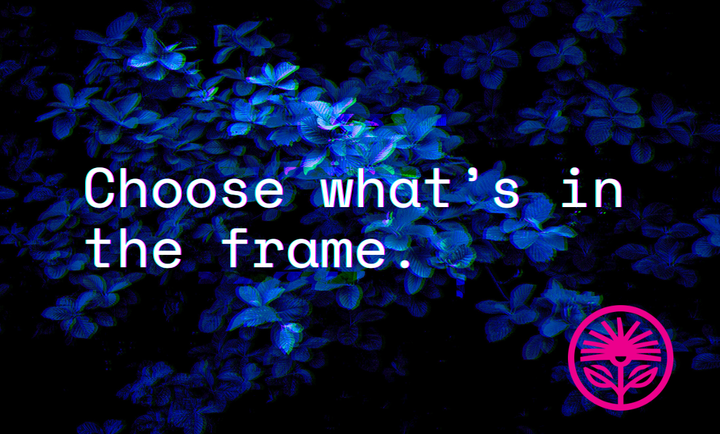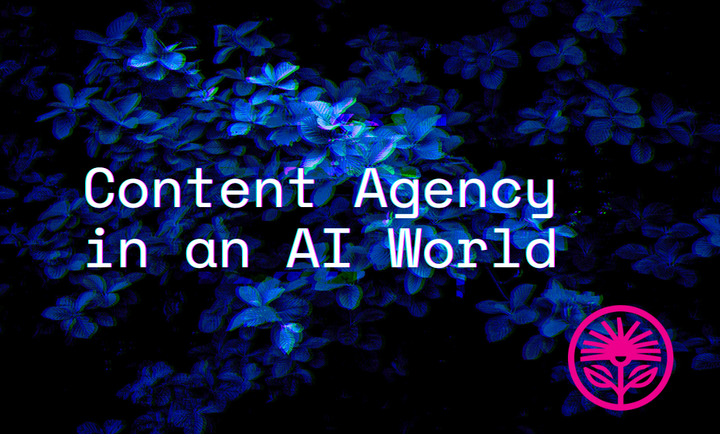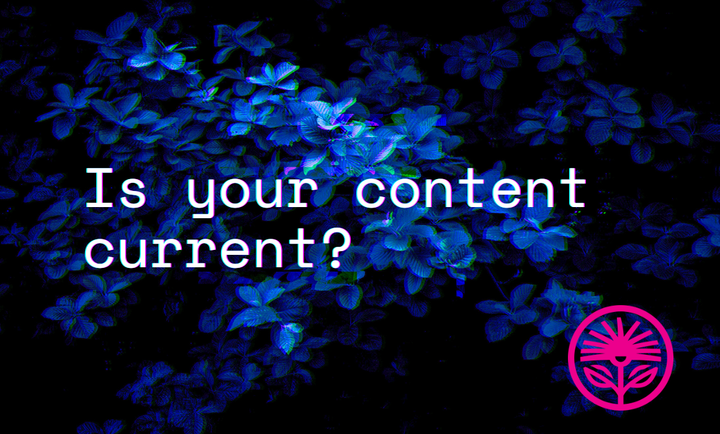Commentary: The art OR science of marketing?
When you need to get your marketing done, you can get trapped thinking it’s a simple science, or an abstract art.

While I know there are a handful of you out there who love the long historical stories (you'll always be my favorites), for the sake of getting to the point, I'm going to grossly oversimplify and summarize a classic advertising argument:
Mid-century American advertising (the “Mad Men”-era) fostered two competing philosophies, historically attached to the outsized personalities of David Ogilvy and Bill Bernbach.
Ogilvy represented the once-dominant “scientific advertising” side and Bernbach represented the emerging “creative” side.
Ogilvy thought it didn’t matter how “creative” advertising was, the only thing that mattered was it if worked. He said that he belonged to the “church” of Claude C. Hopkins’ 1923 manual Scientific Advertising.
Bernbach, meanwhile, believed advertising only worked if it was creative and that the “scientific” folks were employing a bunch of hand-wavy hooey.
As Mary Wells Lawrence, a close colleague of Bernbach’s at the time, wrote in her memoir, “Bill said either they were liars or they were stupid; their pitiful research reduced advertising to, basically, one poor tired ad that was repeated over and over again.”
Ogilvy was more swayed to the creative side than Bernbach was to the scientific, but at the end of the day, for him, only one thing counted. As he wrote in Ogilvy On Advertising, “‘If it doesn't sell, it isn't creative.’ Amen.”
But, of course, they were both wrong. Because they were both right.
Advertising, and marketing generally, is both an art and a science.
It summons the sciences of psychology, systems, technology, and complexity, and is conceptualized, expressed, and transmitted through the creative arts.
Not either, both—always.
Science comes into play in countless ways, like acknowledging that telling someone something is both delicious and nutritious will make them enjoy it less due to what Ayelet Fishback calls the “dilution principle” in Get it Done.
And art is the medium through which the content of our messages travel. Emotion is the “high road to reason” as Abe Lincoln once put it, and the creative arts are how we connect our functional value to the held personal values of our target customers.
When we feel a strong emotion—like curiosity, or the sudden urge to laugh or cry—we’re pretty likely to pay attention to whatever’s causing it (like an ad for a product or service that can help us achieve something important in our lives or work).
But why does any of this matter?
Because when you need to get your marketing done, you can get trapped thinking it’s a simple science, or an abstract art.
It’s both, it’s neither, it’s everything all at once.
We can lose our minds pouring over data, looking for the magic insight that will tell us exactly what to do, paralyzed into the only thing that can’t work—doing nothing.
Or we can spend hours agonizing over pixel-perfection on a piece of marketing that no one will ever see, manufacturing art while forgetting about the commerce.
But marketing operates in an infinitely complex and adaptive system of human behavior—we can only ever know so much, and we can never predict the future.
And that’s a good thing, because good ideas are serendipitous—which means you can start from just about anywhere.
You’ve just got to start.
Try starting with science:
In Get It Done, Fishbach talks about the problem of “long middles,” or the slog between the start of a goal and completing it. We’re super inspired to get things done at the start of a project (like, say, around the New Year) and at the very end (like when we see the next year rapidly approaching), but we lose focus and motivation in between. This applies to most things that require constant effort over a long period of time.
So, knowing that, does your product or service require action (or simple patience) from your customers over a long period of time to experience its full value?
If so, consider how you can shorten the “long middle.” Could your marketing content focus on “Nowledge,” providing useful instructions, tips, and motivation to keep at it—demonstrating the value both current and potential customers will receive by doing so?
Once you’ve landed on an approach inspired by a fact, scientific insight, or a solid hunch, you can then muster all of your artistic and creative forces to evoke an emotion (like a sense of optimism or energy about the future) in your intended audience that helps them recognize that you share overlapping values.
And those overlapping values are important, because they mean can you deliver superior value to your best customers because of the tradeoffs you’ve made to serve them best.
But if science isn’t where your heart’s at today, start with creativity and art: What has your target customer demonstrated a true interest in? Do they clearly love video content? Do they get their important information from podcasts? Is it obvious that they’re die-hard readers?
If you don’t know, find out! It’s hard (some might say, impossible) to demonstrate value to your audience if you don’t know where they are, what they like, and how they learn.
So find out what they love, and overlay that with what you love, and with what enriches or enhances your ability to do what you do best.
And then think about what you could create, as a result of the great work you do, that demonstrates the value of that work to your best clients in the medium or form they love most. Think about what you’re already doing in your business to create value that could be documented or demonstrated in the preferred form of your best customers.
Once you have some artistic inspiration, make sure you connect it back to the basic facts of the case: How can you use creativity to make sure you’re reaching the right person, at the right time, in the right place, about the right need, demonstrating the right value?
Without those considerations, all we have is art (which is not nothing! Art is necessary and intrinsically valuable to individuals and society. But it doesn’t always attract customers, which is today’s focus).
So keep digging.
Try out the 3Ns.
And remember: Marketing never fails, it simply stops.
It stops because we ran out of time in our day (because we didn’t find an efficient way to make it part of our daily activities).
It stops because we ran out of money (because we spent it all on one big thing, instead of one simple step at a time).
And it stops because we hate it (because we didn’t spend the time finding ways of marketing we’d love doing).
But with the combination of art and science, you can keep demonstrating your value at a distance, and keep working at it until it works.
So let’s get started.
Don't worry, you will not be signed up automatically!
But, if you do want to receive daily tips on demonstrating value at a distance, you can add it to your account settings by clicking here, or by signing in at Kelford Labs (where you can also read the previous daily editions).



